How to Plan Your Week and Reduce Stress: 5 Easy to Follow Steps


How to Plan Your Week and Reduce Stress: 5 Easy to Follow Steps
Do you get stressed just thinking of everything you have to do in a week? Does the lack of time in your day stress you out? When you think about planning your week, do you stress out even more? If so, I have 6 easy to follow steps that will show you how to plan your week and reduce daily stress.
See, I used to struggle to plan my days, much less my weeks. I remember telling friends that if there were just 26 hours in a day, I could get it all done. Then, I figured out a system that actually worked for planning my week. After tons of research and failed attempts with many different planning methods, I finally found the combination that worked for me. By combining time blocking, focus time, and purpose, I found what finally worked for me. Finally, it all made sense, and it was easy. I figured out how to plan my week and reduce my daily stress and I can help you do the same.
By taking the time to plan your week, you can actually find the extra time you’re praying will magically appear, and you’ll be able to take full advantage of it. If you look at your week ahead, you can reduce unnecessary stress. You’ll stop worrying and stressing over forgetting things or not knowing what to do next. I’m here to show you just how simple it really is by taking the stress out of your week and the planning process.
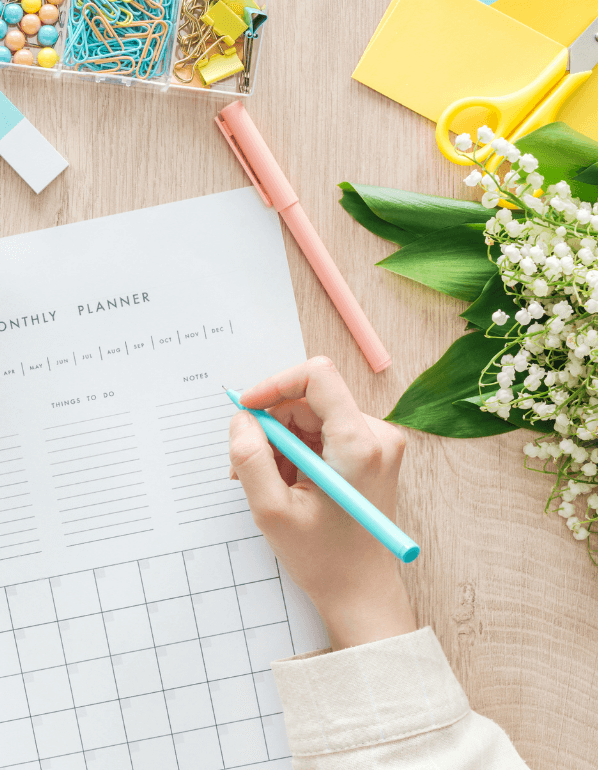
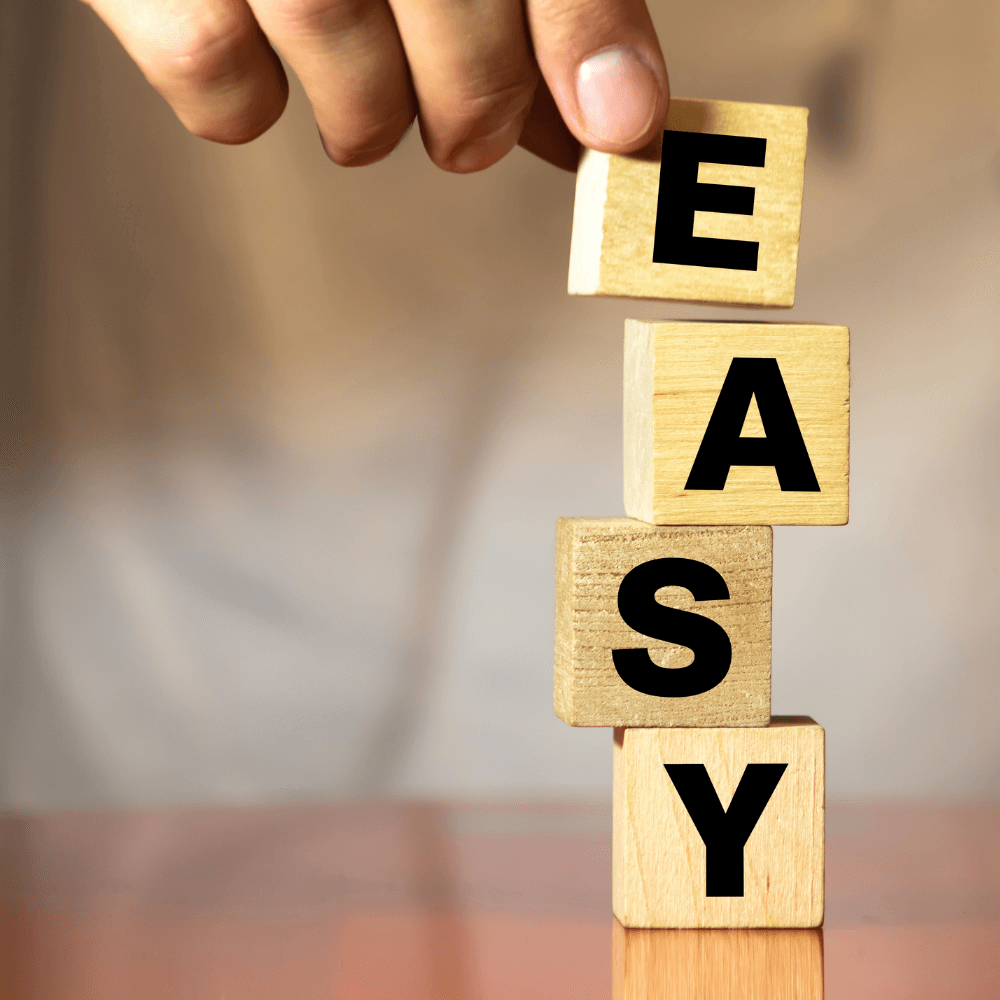
The process I use to plan my week is broken down into 5 easy to follow steps. They’ll be so simple my 9-year-old daughter could do them. After completing the 5 steps, you’ll have a no-fail weekly plan, as long as you finish step 5. Plus, each week you plan, you’ll become faster and less stressed about the week ahead. Each week you plan will build confidence in your ability to get more things done and reduce stress.
My Mission
"My mission is to help you eliminate the overwhelm and stress of day-to-day life. Calm doesn't just happen. You create it."
What you need to know before you get started planning your week
Keep it realistic
Before you start planning your week, I want to point out a key factor in your success. You want to keep things realistic and as simple as possible. Often we get so excited that we become unrealistic with our time. We add so many different ways to keep us on task that we complicate things. Guilty right here. These unrealistic expectations lead us to failure. It crushes our spirits and leaves us feeling defeated. I’ve ended many days in defeat because I was not realistic with my time and used too many different systems simultaneously. So take it easy on yourself. Don’t try to build Rome in a day. The more realistic and simplified you are with your time and your systems, the more successful you will be. Remember, your goal here is to plan your week and reduce stress, not to create more.
Give yourself grace
Know right now that some days you’re going to kill it! You’re going to finish everything on your list and look for more. Other days, getting your first task done will be a struggle. It’s ok. We all face this struggle. So, be kind to yourself. You can always pick right back up with tomorrow. You make adjustments and continue marching forward. Every day, in fact, most days, will not go according to plan. Know this now, accept this and give yourself grace.
So, if you’re ready, let’s get to work. Grab some paper and pen, and let’s do this!
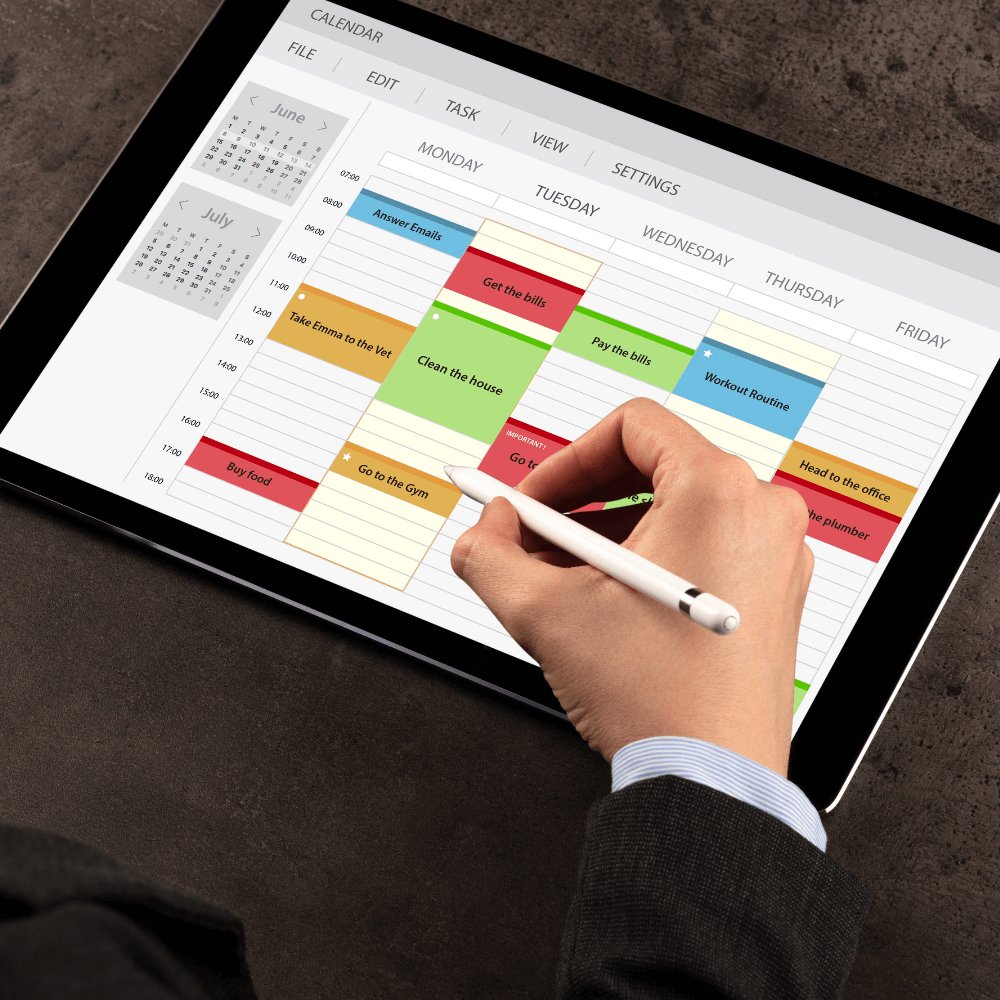
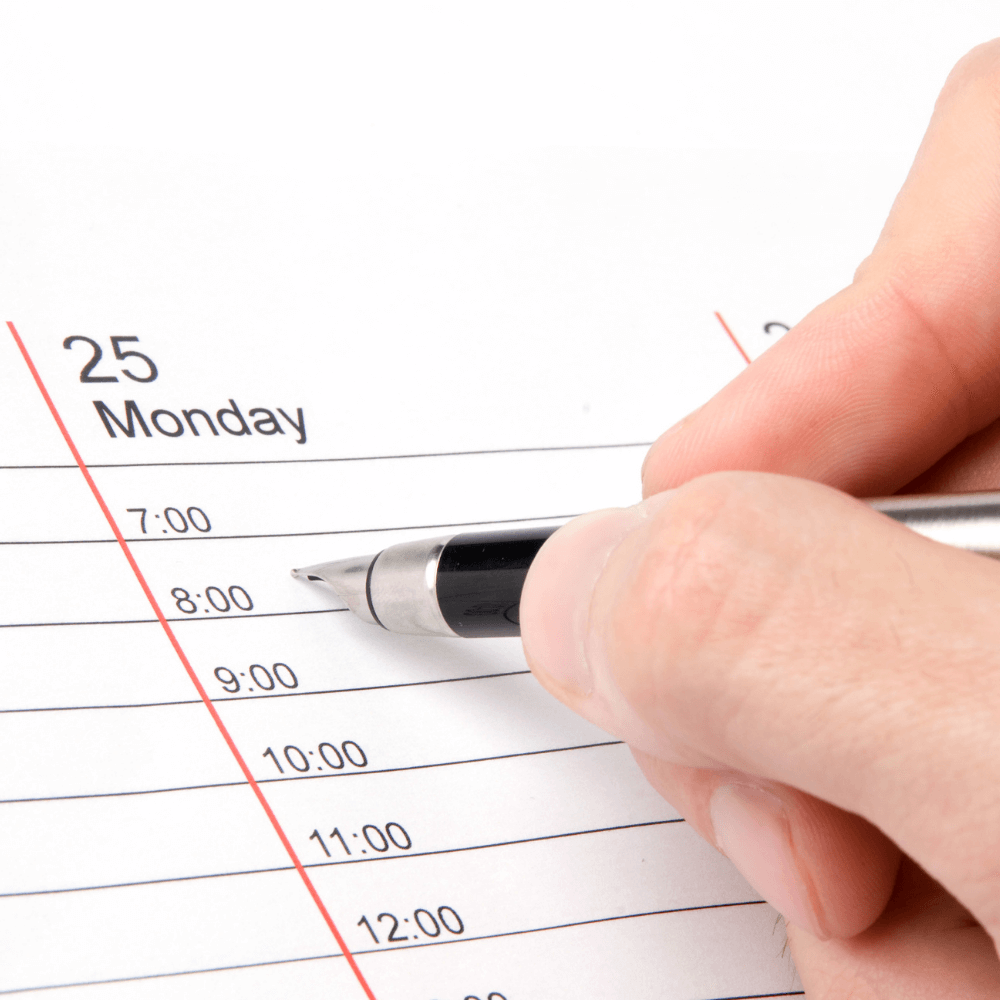
Choosing your planning system:
Digital vs. Paper
The first step to plan your week is to choose a system. This is a one time step after you figure out what works best for you. How do you currently keep track of your appointments and commitments? Do you prefer paper (calendar or planner) or digital (phone, tablet, computer)? Don’t get too hung up on making this choice. You can always change later. As a matter of fact, I almost guarantee you’ll change it up multiple times before you decide what works best for you. Remember, keep it simple and use what feels right for you at this moment.
Digital
I personally use google calendar to plan my week. In our house, we use a variety of platforms, so Google Calendar makes the most sense. I can schedule something on my phone and see it on my iPad and computer. Everywhere I need to see it. I love that I can easily plan and reschedule things by simply dragging and dropping the events. I’ve found this is what works best for me and has reduced the stress of not having my planner with me.
Paper
I love a good paper planner and used that solely until about 4 years ago. If you enjoy having the physical planner, then, by all means, do what makes you most comfortable. I would suggest a day planner with time slots for some of the techniques I’ll share with you. Having the time slots allows you to get intentional with your time.
Why I went digital
For many years I used a paper planner. Then, life began getting busier. So, to reduce the stress of not having my planner on me, I made the switch to digital.
What I noticed was that I always needed to access my calendar on the go, but I wouldn’t have my planner with me. So, I started using my phone calendar to add those things. Then, on Saturday, when I’d plan my week, I’d compare the 2 and match them up.
Eventually, I woke up. This was overwhelming, stressful, and a lot of unnecessary work. I was spending more time planning my week and trying to make sure everything was in both places. Because of this, I would forget things and miss appointments, which totally defeats the whole purpose of planning. So I had to simplify how I plan my week and reduce some of the stress my system was creating. I had to go with what made the most sense to me.
Do what makes sense for you?
My best advice is to choose a system that makes the most sense for you and your lifestyle. Think simple. Simple is executable and less stressful. Trust me, you don’t want overcomplicate this.
The last thing you want is to create more stress for yourself. So, if technology stresses you out, stick with paper. If you worry about losing things, try digital with a cloud backup. Then, once you have your system in place, you’re ready to get started with how to plan your week and start reducing your stress.
Let’s do this!
How to Plan Your Week and Reduce Stress:
The 5 Simple Steps
These 5 steps for how to plan your week are put together in a strategic order, which allows your brain to process the information efficiently with less stress. They have a natural flow that guides you through a logical thought process, while helping you determine the importance of your tasks and goals. Showing you exactly how to plan your week and reduce stress. Give it a try for a month. I’m certain they’ll help you reduce stress and plan more productive weeks.
Step 1: Brain Dump
We carry so much information around in our heads. All the appointments, the things we need to do, the things we want to do, our dreams, our hopes, our fears. Get it all out of there! There’s not enough room in your brain for all that information. When you get everything out of your head, you’re able to focus on what’s important instead of trying to remember everything.
So write it all down. Every. Little. Thing. There’s nothing too small. It’s actually all the small stuff that slows us down and adds stress. So, get it out of there. Trying to remember every little thing in your head is stressful.
I want you to set a 15-minute timer and just start writing. If this is your first time with the exercise, it might seem awkward, but trust me here. Your ideal goal is not to keep anything up there. Once everything is out and on paper, you’ll be able to process and remember things more easily. Your stress levels will decrease instantly, and you’ll feel ready to move forward.
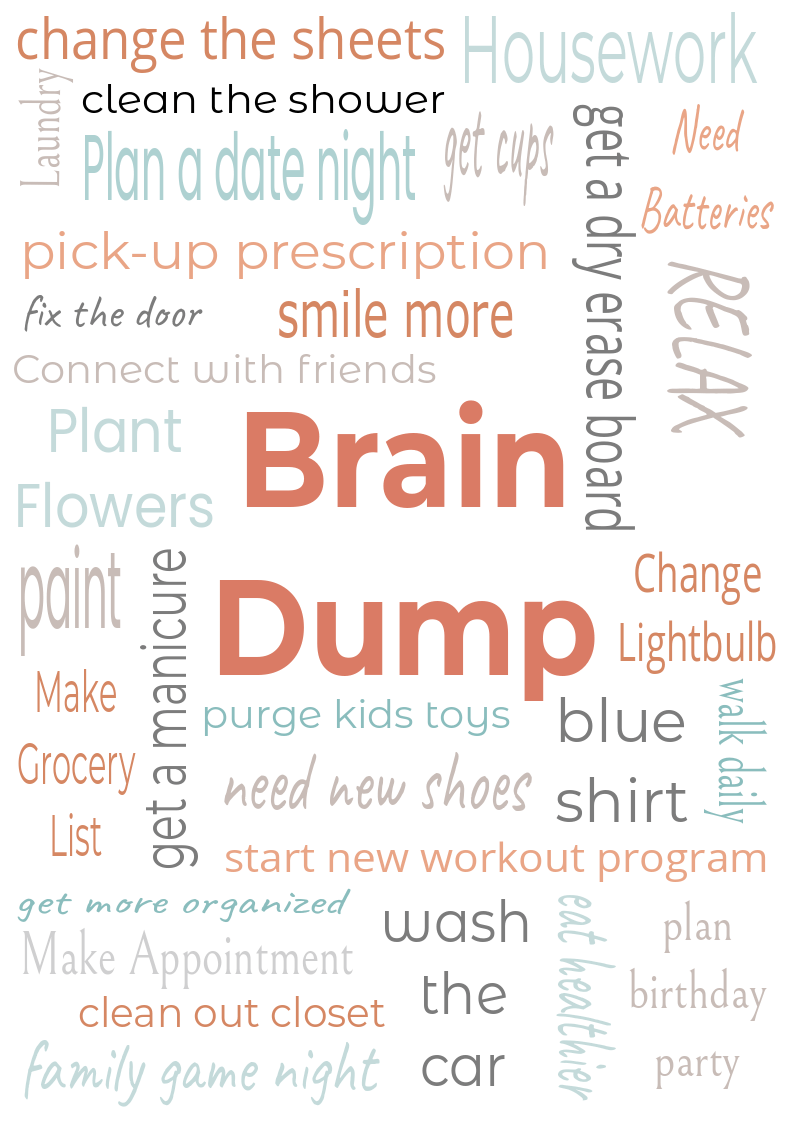
Step #2 Evaluate
Categorize
Next, take a look at your brain dump list. You want to divide this list into 5 categories.
- Business/Career/Work
- Home
- Health & Wellness
- Social & Personal Growth
- Recreation
You can make a list for each or use color-coding, which is my personal preference. I write down each category name and highlight each one a different color, creating a color-coding system. Then, I go through my list, highlighting each item with its category color.
Prioritize
Once you have everything assigned to a category, you want to look at each category and number the items listed under it by order of importance. #1 being most important, #2 next important, and so on. You’re #1 item should be your biggest goal for each category and the thing that is causing you the most stress.
Let’s recap. So far, you’ve identified all the “things” in your head. Then, you assigned them all to a category and listed them in the order of importance. Next, we really start to make the magic happen.
Step #3 Break it down
Let’s start with your top priority from each category. Remember the thing you assigned #1? These are the #1 stressors in each area of your life. Think about it, is this something you can do all at one time or is it a bigger goal?
Let me give you a visual of this process. A common goal is to declutter and organize your home. So, this goal would be broken down by room and then by area. For example, you want to do the kitchen. So, you’d list the kitchen and then, under it, put drawers, lower cabinets, upper cabinets, and pantry.
So, think about each goal or task. What actionable steps can you break them down into? Really think about it. You want this to be as specific as possible. These smaller steps allow you to make progress each day towards your goal. Progress is progress, no matter how small. These smaller steps give you the instant gratification you need to help build momentum.
Step #4: Start time blocking
Next, you want to start time blocking out the week ahead. Time blocking is simply allocating blocks of time to work on something specific. If you’re not familiar with time blocking check out my post on it. During this block of time, you focus only on your task at hand. Doing this ensures that each day you’re working towards your goals and tasks. This is the actual planning step. I love to color code things. Color coding makes it really easy for me to glance at my schedule and see what something is. Plus, it’s just FUN.
Appointments/Commitments
First, you want to begin with the appointments and commitments you already have scheduled. Time is already set aside for these, so you’ll have to work around them. Determine what your travel time or down-time is for each and mark out that time before and afterward. You don’t want to change the actual appointment time. Instead, schedule this time separately as exactly what it is, travel time, or downtime. This reduces confusion about when the appointments actually are. Remember, we’re keeping it simple and reducing stress. Create a separate event named traveling time/downtime. Blocking out this time keeps all your blocks realistic. It also helps set the rest of your day up and ensures you stay on-time for your commitments. If you find that you’re over-scheduling and committing yourself don’t be afraid to cancel somethings or say ‘no’ to new requests.
Social & Personal
After looking at your appointments for the week, you want to schedule your personal & social time. People are important. You are important. None of us are guaranteed tomorrow. So, make sure you’re making time for all the important people in your life, including yourself.
Personal
Start with yourself. This is your time to work on yourself. You are the most important person in your life. Because, at the end of the day, you are the only person who “has” to live with you. So, love yourself and make time for yourself. We get so caught up in taking care of what everyone else needs from us that we neglect what we need for ourselves.
That why your first block every morning should be dedicated to you. If you’re not a morning person, try doing just one small thing.
Maybe, start with 10 minutes to journal, read or listen to a motivational or inspiration podcast. The important thing is to start every day with something that is just for you.
So, take a look at your health/wellness category as well as personal growth. Is your top priority something that actionable? Working out, meditation, journaling, reading? Block it off!
If your big personal goal isn’t actionable in one sitting, for example, losing 30lbs, what actionable steps you can take? Then, make sure to reward yourself after a killer week with something you love to do, something fun.
My weekly reward is almost always Netflix time on Saturday evening. It’s the only time I spend hours on end watching TV anymore.
Social
Next, schedule time for your family and friends. When we are really busy or focused, we tend to only focus on the “big” task at hand. Often, we feel guilty for not making more time for family or friends. So, make time for these people. Trust me. The housework will always be there. Your next big project will always be there. The people, they won’t. So make sure you’re setting aside time to be with them or connect with them. Certain people are more deserving of our time than others. Surround yourself with people that energize you, build you up, make you want to be better.
Keep the Balance
It’s important to keep things somewhat balanced and set aside time for ourselves and the people that make us feel whole. It helps you stay motivated and keeps your stress levels down. My dad used to refer to this time as “recharging your batteries.” So schedule time for yourself, time for your family, and time with friends. Failing to do so can lead to burn out and crush your spirits. So keep the balance. Schedule in this time to recharge and fill yourself up every week.
Focus Blocks
Focus Blocks are blocks of time dedicated to working towards a goal or completing groups of tasks. I use three different levels of Focus, A, B & C. You want to look at what time you have remaining in your day and start filling in the gaps.
- Focus A: You’ll schedule this next. This is your Beast! Your “BIG GOAL” Find this time first. Even if it’s only 15 minutes each day, claim it! It’s best to schedule this as early as possible. What’s your first step toward reaching this goal? This will most likely not feel like the most important thing you need to do. That’s why it’s essential to set this time aside first. It’s telling yourself that “life” is not getting in the way anymore. There are no more excuses.
- Focus B: Next up is the important stuff that isn’t your big goal. These things all need to be done, but don’t move you towards your big goal. This focus block is for your house cleaning, paying bills, emails, etc. You know all the things that you put before your “BIG GOAL” until now. Tip: These can all be divided into smaller steps as well. I don’t clean my house in a single day. I spend about an hour a day on a specific group of tasks and 10 minutes in the morning and evening to keep it all maintained.
- Focus C: Lastly, are the C tasks. All the things you’d like to do, but they don’t affect your big goal or your day-to-day. C’s are not urgent. For example, I’m in the process of going paperless. It’s not my big goal, and it does nothing for my home’s current function because I have another system in place already. So it’s not critical to get it done right now. I work on it a little here and there when I can.
Step #5 Execute
This last step is the most important. We can plan until our heart’s content, but if we don’t execute our plan, we’re right back where we were.
The biggest thing is to stay focused on the block you’re in. The fewer blocks you create, the easier this is. In the beginning, I would keep it as minimal as possible. Set aside time for your A & B Focuses, to begin with. See how that feels, and then try sprinkling in some C. Really it all depends on how much you have that you want to achieve. How big is your “BIG GOAL”?
Remember, keep it realistic and give yourself some grace. The whole idea of planning is to reduce stress. So keep it simple. None of us are perfect. But, we all have to start somewhere, and guess what, at one time, we all started from zero.
Breathe, You’ve Got This!
I know that sounds like a lot to take in, but the more you do it, the easier it gets. Follow these steps for a few weeks, and you’ll be well on your way to less stressful days. You’ll be in control of your days, accomplishing more and all with less stress. Try not to get overwhelmed here. It’s ok. Really it is. Just remember it’s only 5 steps.
The idea is that every minute of your day has a purpose. This ensures your making time for all that’s important to you. It keeps your days well rounded and less stressed.
So take a deep breath. Know that this will take time to get used to. But, you’ve got this! You have all the tools you need to start taking control of the weeks ahead and relieving the stress associated with planning or the lack of. Remember to give yourself some grace and enjoy the less stressful weeks ahead. Let’s take another look at the 6 steps to plan your week and reduce daily stress.
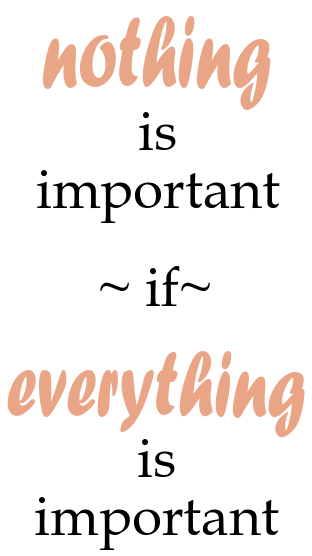
Determine your planning system
Digitial or Paper? Pick the system that works best for you and your lifestyle. Don’t create more stress with a system designed to alleviate.
Brain Dump
Get everything out of your head. Free up that valuable space and energy to make things happen.
Evaluate
What has to be done? What gets you closer to your big goals? Don’t sweat the small stuff. If it isn’t important or if it doesn’t move you forward it can wait.
Break it Down
Have big goals? Break them down into smaller actionable steps.
time block
Dedicate chunks of time to certain tasks. You don’t have to be specific, you’re just allocating the time.
execute
Put your plan into action. Nothing will change if you don’t change it. So, stick to your plan.
I hope you found this post How to Plan Your Week and Reduce Daily Stress in 6 Easy to Follow Steps helpful. If you did, I’d be grateful if you’d please share it to your social media. You never know who else it may help. I’d love to hear from you. Please leave a comment below or shoot me an email if you had success in planning your week, have questions or suggestions regarding this post or any requests for future post topics.
Also, make sure you check out my other related posts linked at the bottom of this page.
I wish you the very best in creating more calm in your life. Keep in touch.
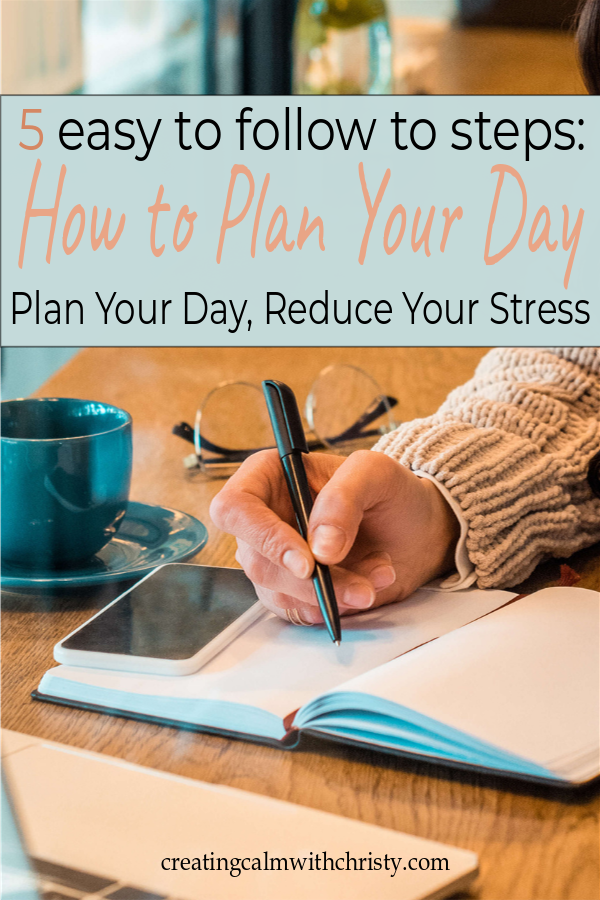
Join
Keep in touch

Related Posts
If you found this post helpful, here are some other posts you may like.
Reduce Your Daily Stress and Overwhelm: 20+ tips in the 4 most impactful areas.
Daily life got you stressed and overwhelmed? These 20+ simple tips can help you reduce your daily...
How to Create a Simple Budget: Every Dollar Has a Job
Need help with how to create a simple budget? A budget that allows you the freedom to enjoy life...
5 Things You Should Do Daily To Keep Your House Clean & Company Ready
Does keeping a clean house seem impossible? I have the top 5 things you should do daily to keep...
The Quick Non-Minimalist Way to Declutter Your Home
Do you suffer from Clutter Paralysis? The quick non-minimalist way to declutter your home.Are you...
How to Plan a More Productive Day: 5 Easy to Follow Steps
I think we can all agree that some days we feel like we kill it. We are on fire! Then, there are...

0 Comments